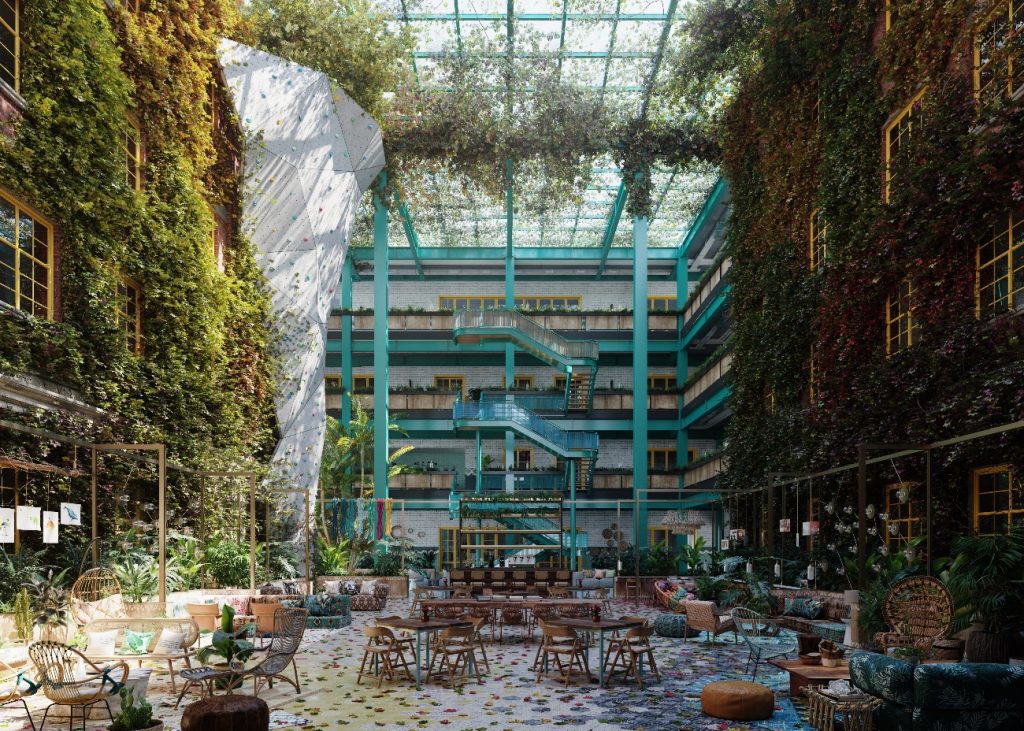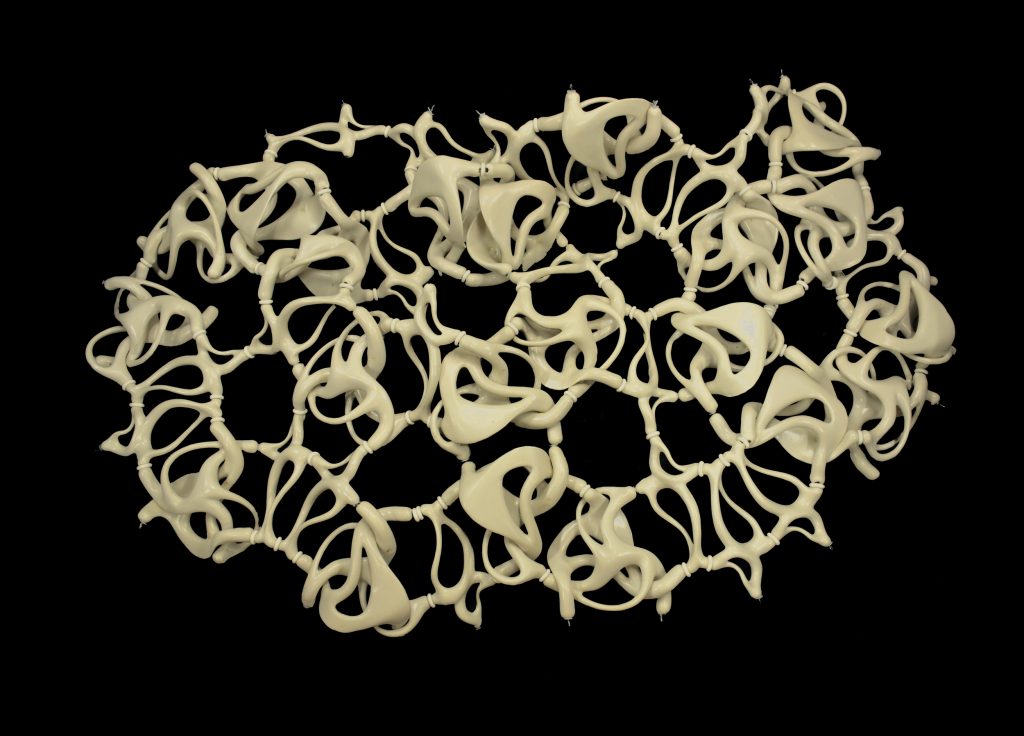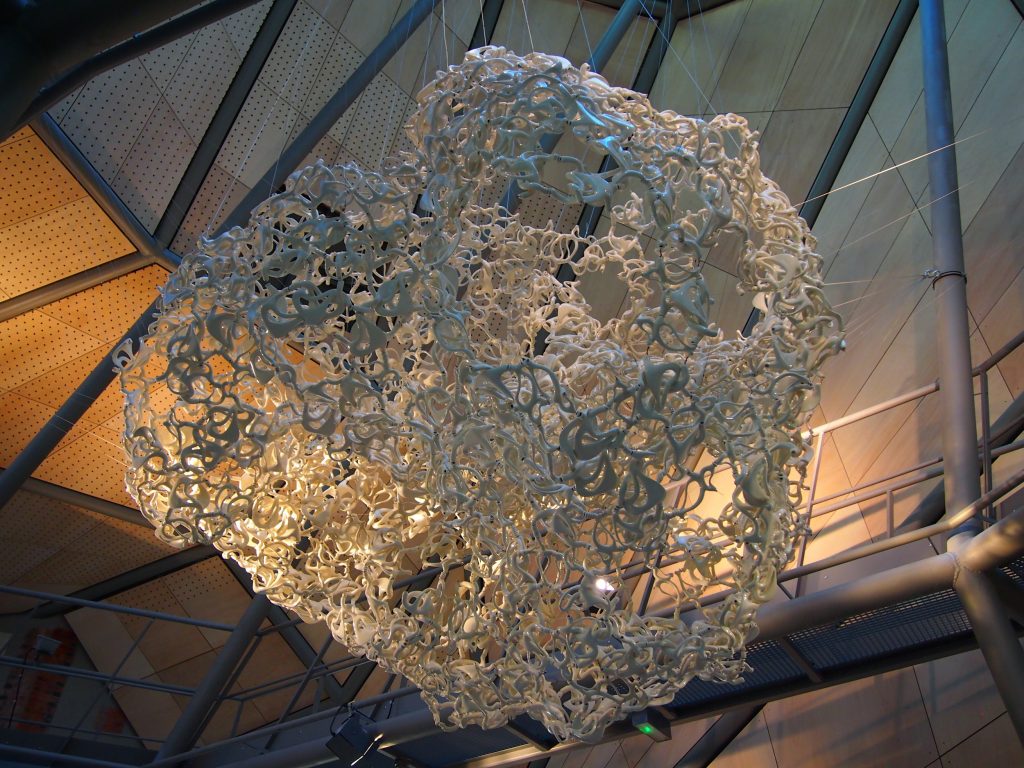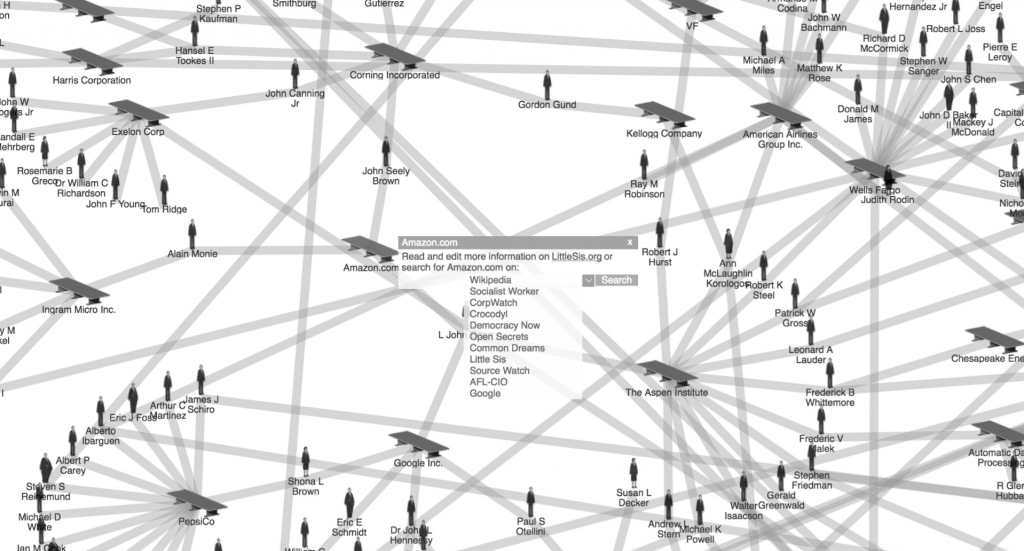As I was researching through the speakers for the eye of festival 2019, artist Refik Anadol capture most of my attention. He is a media artist from Istanbul, Turkey but currently lives and works in Los Angeles, California. He holds a master of fine arts degree from the University of California, Los Angeles in Media arts master of fine arts degree from Istanbul Bilgi University in Visual Communication Design as well as bachelors of arts degree with summa cum laude in Photography and Video. He is working in the fields of site-specific public art with an approach of parametric data sculpture and live audio/visual performances. He is famous for his immersive installation approach and he particularly explores space among digital and physical entities by creating a hybrid relationship between architecture and media arts with machine intelligence.

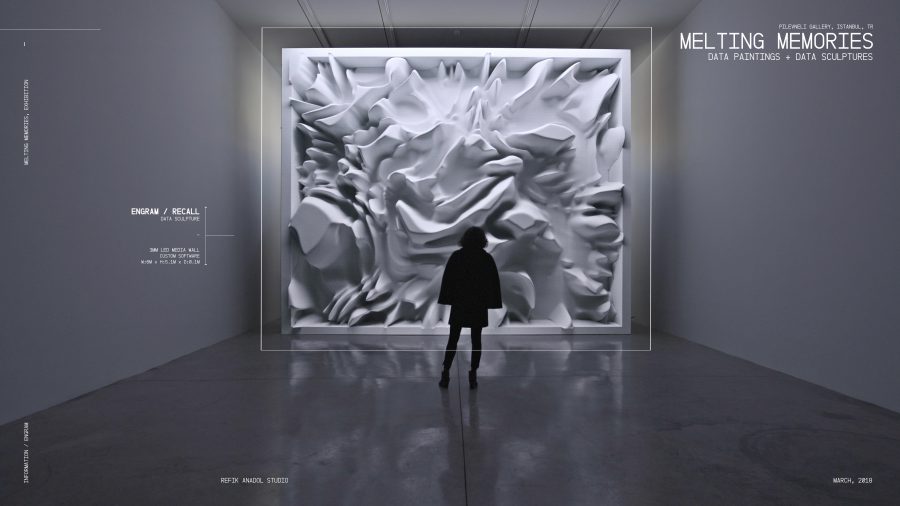
Refik Anadol is intrigued by the transformation of the subject of contemporary culture requires rethinking of the new aesthetic, technique and dynamic perception of space. Anadol builds his works on the nomadic subject’s reaction to and interactions with unconventional spatial orientations with data and machine intelligence. Embedding media arts into architecture, he questions the possibility of a post digital architectural future in which there are no more non-digital realities. He invites his audience to visualize alternative realities by presenting them the possibility of re-defining the functionalities of both interior and exterior architectural forms.. Anadol’s work suggests that all spaces and facades have potentials to be utilized as the media artists’ canvases. I was super inspired by this artist because of his usage of space and technology and how it creates just a vast atmosphere and incorporates nature and digital and media art altogether so successfully.

![[OLD FALL 2019] 15-104 • Introduction to Computing for Creative Practice](../../../../wp-content/uploads/2020/08/stop-banner.png)
